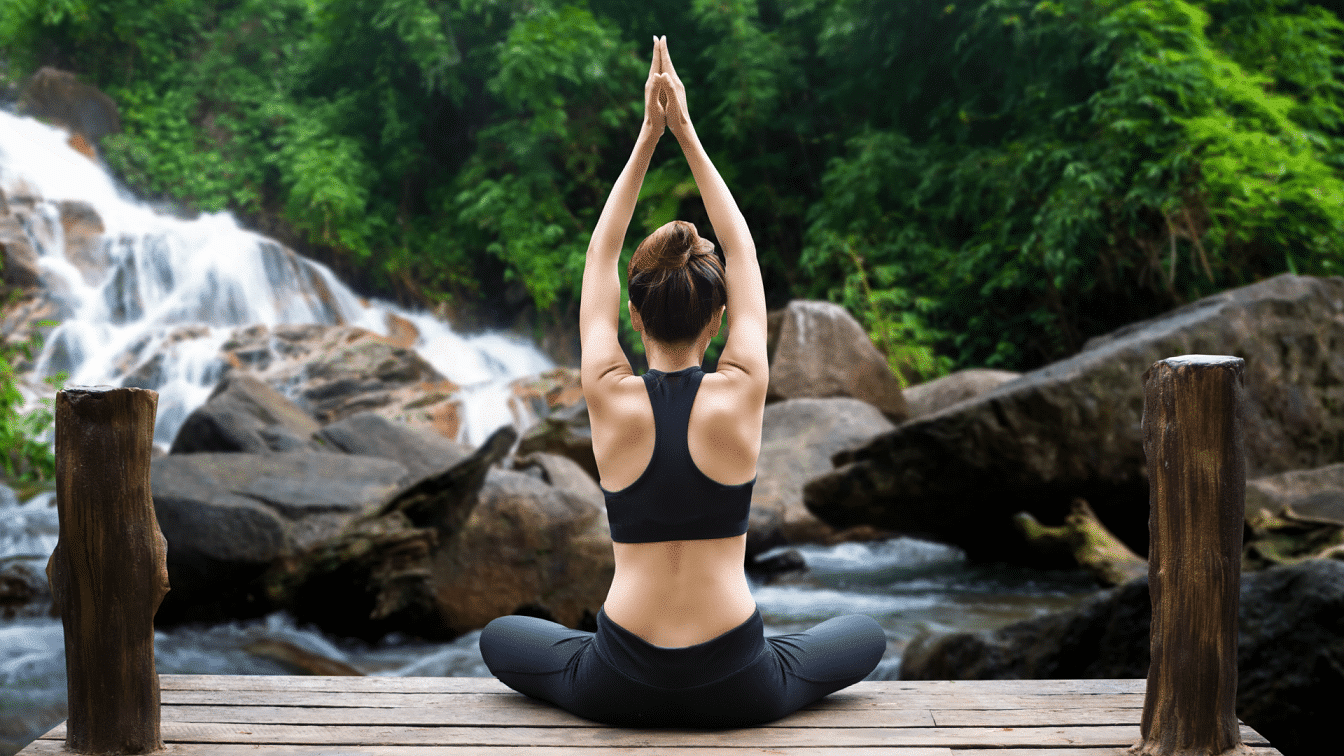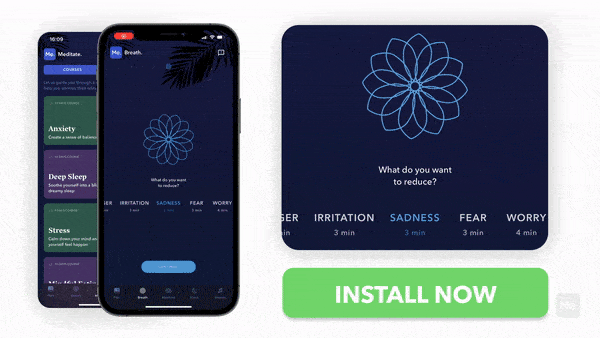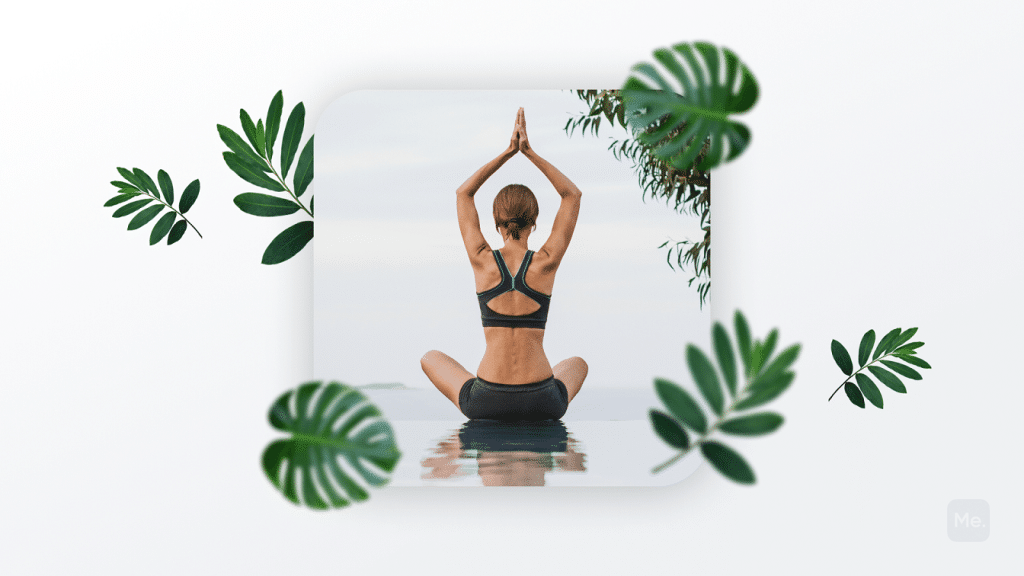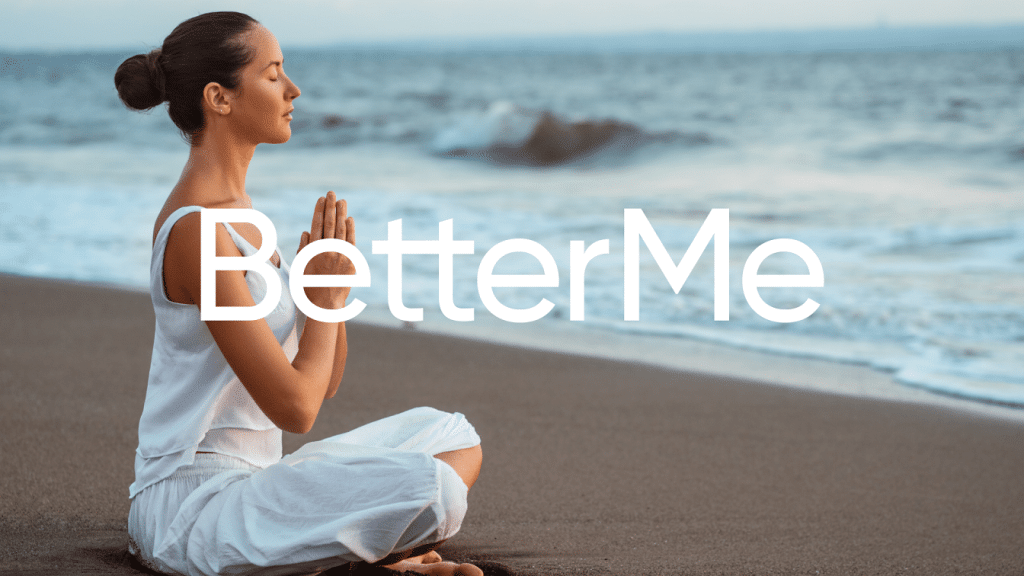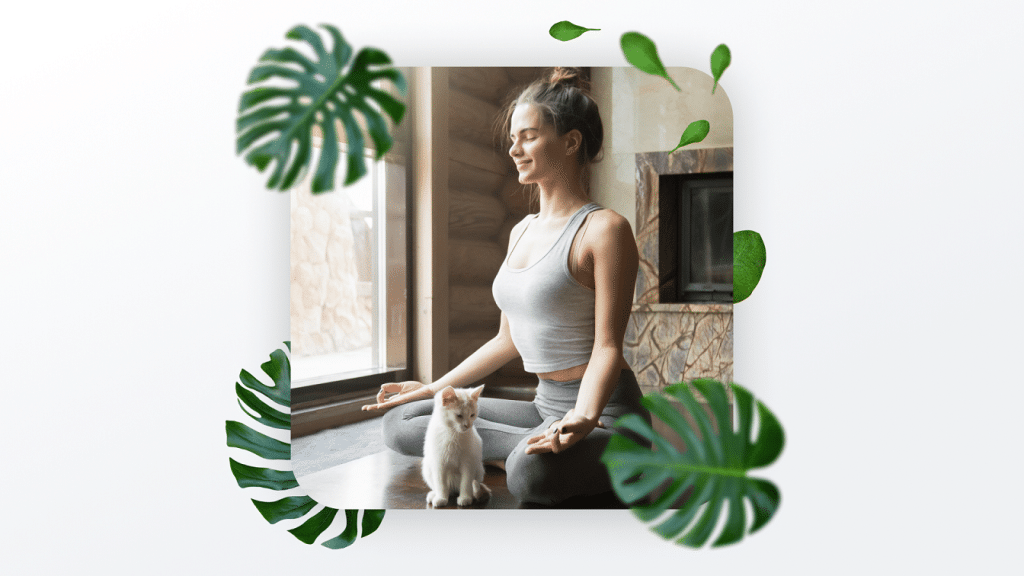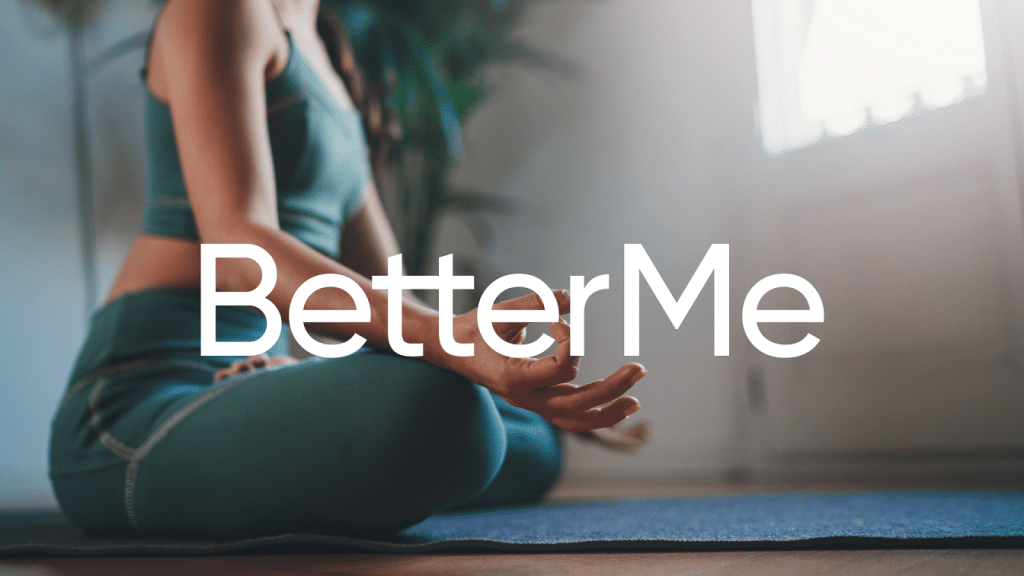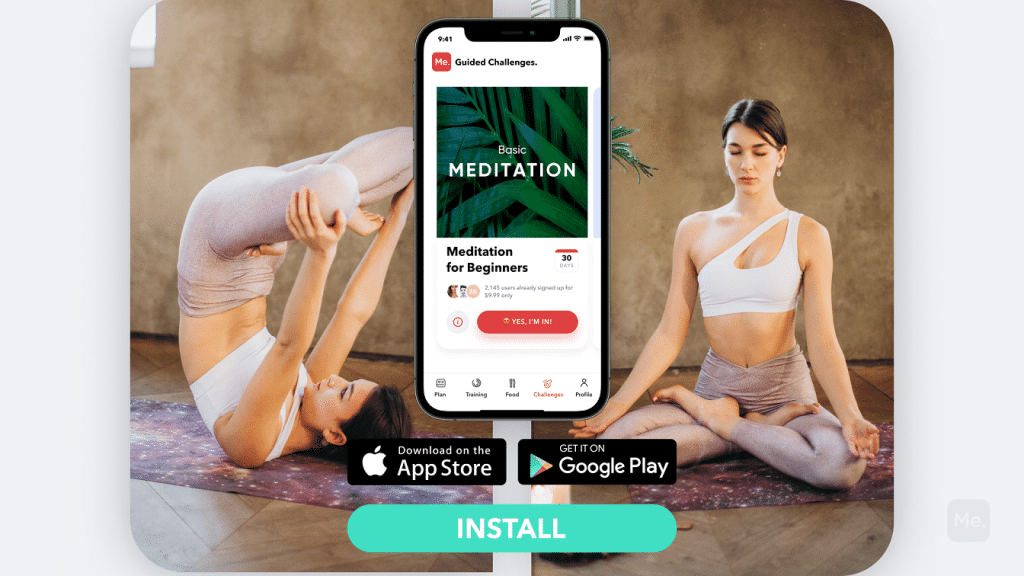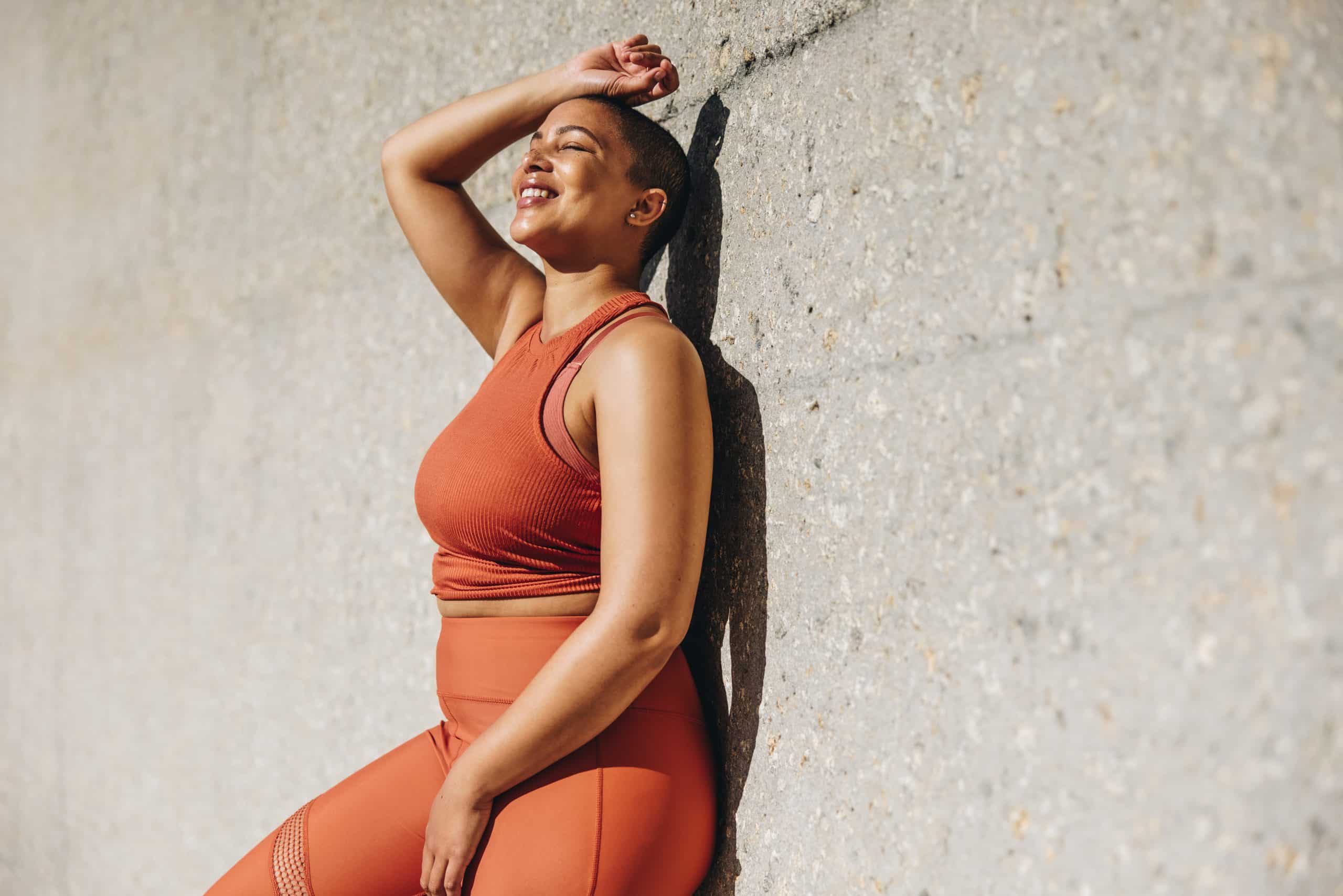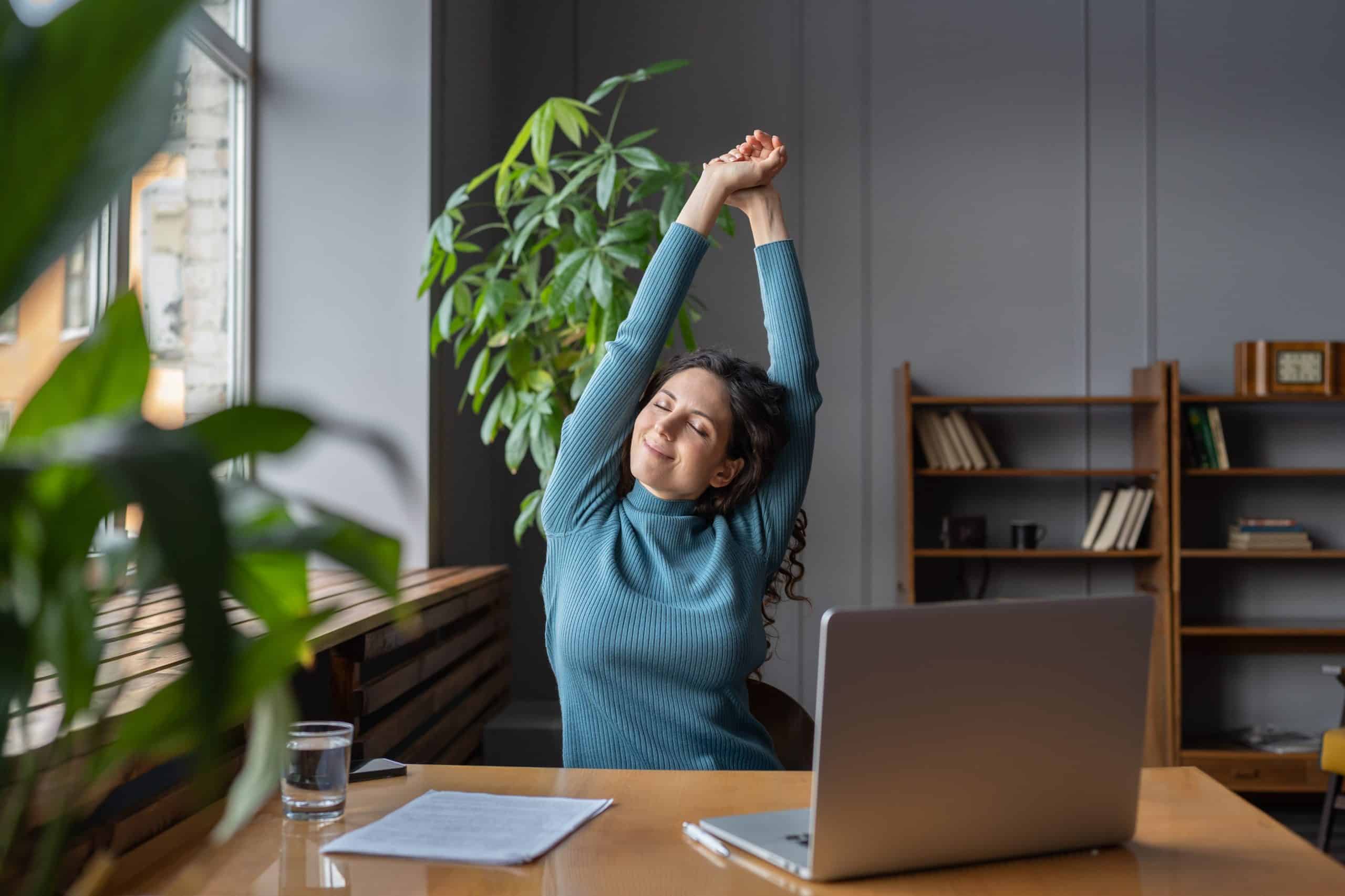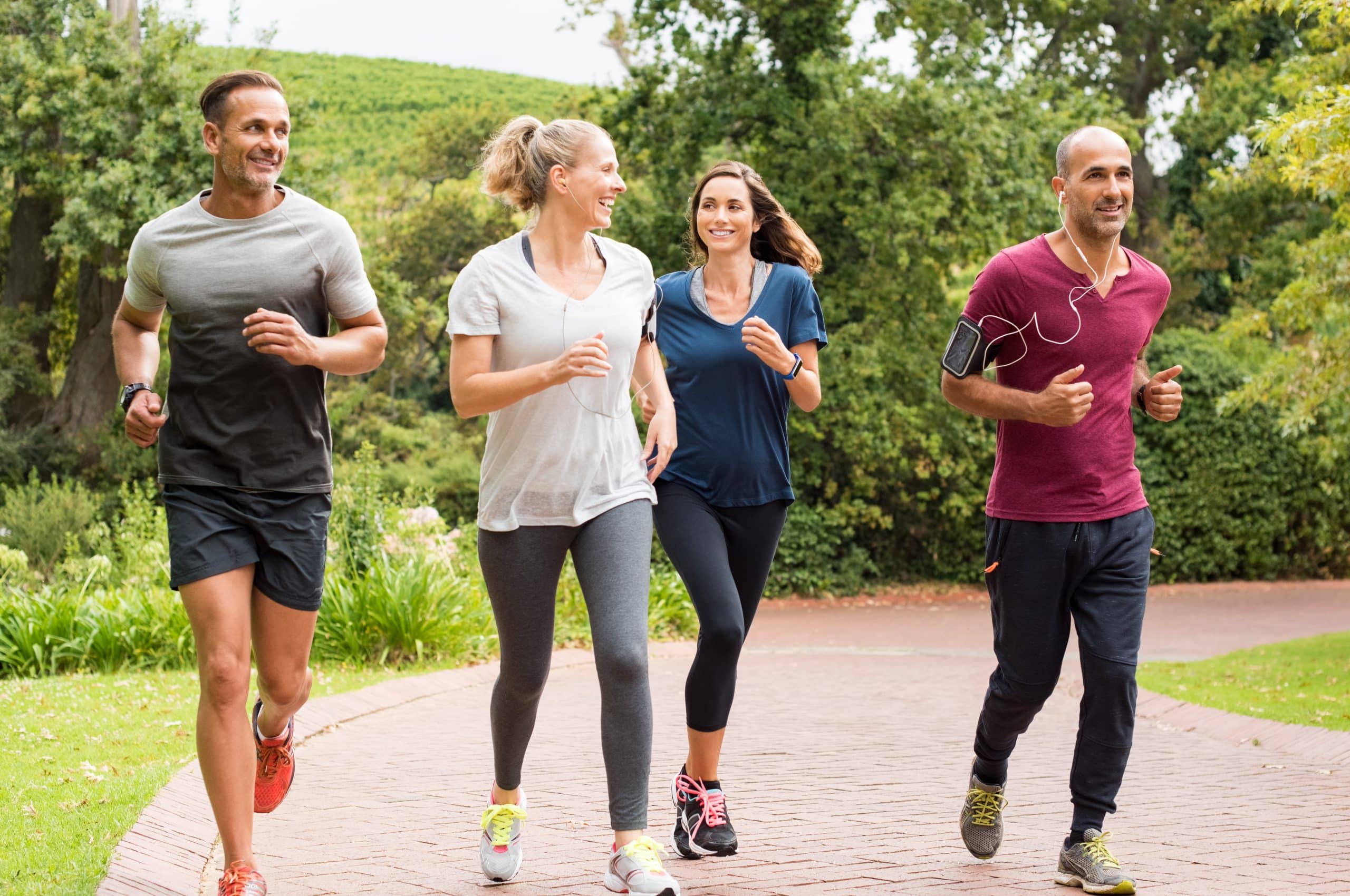How To Relax Your Mind?
How to relax the mind and stop worrying? This is the question many ask themselves after a day, a month, or a year of hard work. Work, study, relationships, important events in life; all these can put someone under so much stress that can ultimately result in a nervous breakdown. One should plan and think about so many things, which is very exhausting. Likewise, people tend to spend a lot of time in front of their computers as part of both work and entertainment. This causes tension in the body and overwhelms the mind. Without proper relaxation, a person might eventually face health problems inflicting both mental and physical wellbeing.
Why should you practice meditation?
Among the foolproof relaxation techniques, meditation is the most peaceful method that can help you become more self-aware. This wellness practice not merely helps you relax for a short period but ensures long-term calmness and serenity. However, meditation has even more benefits for you. So, let’s have a look at relaxation meditation techniques and the way they can contribute to your health.
Relaxation Meditation: Benefits For Your Wellbeing
- Stress reduction. Those who meditate tend to perceive the world slightly differently, that is, more optimistically. They get upset rarer and are less likely to ruminate (12, 19).
- Better immunity. By increasing the T-cell activity, mindfulness can boost your immune system, protecting you from various infections (7, 14, 17).
- Alzheimer’s disease prevention. Through increasing the blood flow to the brain, meditation slows down neurodegeneration, which reduces the risk of getting Alzheimer’s. Similarly, mindfulness can boost brain activity and attention in the elderly (16, 20).
- Blood pressure reduction. Various meditation techniques seem to have different effects on blood pressure. In particular, transcendental meditation can significantly reduce systolic and diastolic blood pressure in hypertensive people (6).
- Cardiovascular diseases prevention. Those who engage in meditation regularly have a lower heart rate and a healthier heart in general (15).
- Longevity. Through relieving stress, strengthening the immune system, improving, and cardiovascular health, meditation naturally slows down your aging. It also slows down the aging of body cells (3, 8).
Read More: Meditation Thoughts: Bring Your Mind To A Point Of Stillness And Clarity
Relaxation Meditation Techniques: How To Relax Easily And Fast?
4-7-8 Breathing
This method is from the series of meditation breathing techniques designed to help you relax. It involves belly breathing, which enables you to reach the meditative state easily and fast (18). It is also a top-notch natural tranquilizer that helps you relax from anxiety and forget about your worries and troubles for the time being (21). Another benefit of the 4-7-8 method is that it can improve your sleeping and help you combat insomnia in the long run (1).
To begin this practice, you should:
- Sit upright in a comfortable position or lie down on the floor.
- Lift the tip of your tongue so that it touches your upper teeth.
- Take a deep breath in for a count of 4.
- Hold your breath for a count of 7.
- Slightly open your mouth and breathe out for a count of 8, while keeping your tongue in the same position.
- Repeat this cycle for at least 4 times (21).
Roll Breathing
Another belly breathing technique will not only take your stress and anxiety away but also improve your lung functioning. Apart from this, roll breathing can send you into a meditative state, bringing awareness to your body and connecting you to the present moment (18).
To begin this practice, you should:
- Sit upright in a comfortable position or lie down on the floor.
- Put your left hand on your belly and your right hand on your chest.
- Take a deep breath into your belly and breathe out 10 times; your chest should not move while doing this.
- To take a step further, start inhaling into your belly and continue moving your breath into your chest.
- Exhale, releasing the air first from your chest and then your belly.
- Practice this breathing technique for 3-5 minutes (18).
During this practice, make sure you inhale through your nose and exhale through your mouth. If you start feeling dizzy, slow down your breathing, or take a pause.
Pain Imagery Breathing
Pain imagery breathing can help you deal with your pain and discomfort, which are rather difficult states to breathe in. People usually hold their breath when in a painful state, which increases the release of the stress hormone cortisol. Hence, you should learn to breathe even in discomfort, and with this breathing technique, you will relieve your pain faster (1).
To begin this practice, you should:
- Sit upright in a comfortable position or lie down on the floor.
- Close your eyes and visualize your muscles relaxing.
- Inhale deeply into your belly, imagining air circulating in your body, making it feel more comfortable and relaxed.
- On your exhalation, visualize your pain going away from your body.
- Do this technique for about 5 minutes, until you feel relieved (1).
Running a never-ending rat race, shoving trauma further and further away, falling into self-harming thought patterns, living life that’s eclipsed by constant anxiety and fear – this is what an average person goes through every day. Nor addressing it will only pull you deeper into a downward spiral. BetterMe: Meditation & Sleep app will help you gain a new perspective on life and help you regain that long-lost internal balance!
Body Scan
If you need to relax your body and release each of your muscles, the body scan technique is the best choice for you. The body scan is also an effective remedy against anxiety and stress, as it allows you to focus on the air moving inside your body and filling you up with positive energy. If you suffer from insomnia, practicing body scan regularly will help you eventually overcome it (2).
To begin this practice, you should:
- Sit upright in a comfortable position.
- On your inhale, move your focus to your head and neck and picture them relaxing. As you exhale, release all the tension in the muscles in that area.
- Repeat the same to your shoulders, chest, arms, gradually moving down your body. Spend about 30 seconds for each part.
- If your muscles are still tight, you can repeat the practice (2).
Chakra Meditation
The gist of chakra meditation is quite similar to that of a body scan. The difference is that in chakra meditation you concentrate on chakras rather than parts of the body. There are 7 chakras: root, sacral, solar plexus, heart, throat, third-eye, and crown chakras. There is no universal way to balance all these chakras. Each chakra requires a special approach. For instance, to reach peace in the root chakra, you should meditate barefoot (4).
Transcendental Meditation
Transcendental meditation is a wellness practice that can distract you from unwanted and repetitive thoughts that make you feel uncomfortable. This relaxation technique is not that hard to do and can be learned quickly (22).
Transcendental meditation involves repeating mantras, which are sounds and words from the Vedic tradition that help you stay focused. Along with that, this mindfulness practice helps you stop worrying, relaxing your mind and muscles (22).
Read More: Meditation State: Find Out Ho To Induce Deep Meditation And What Does It Do To Your Mind
To begin this practice, you should:
- Take a sitting position or, if you can, the Padmasana (lotus pose).
- Then close your eyes and repeat a mantra, not forgetting about breathing in and out.
- You should inhale deeply through your nose and exhale slowly through your mouth (23).
Guided Imagery
During a guided imagery practice, you partially realize your dreams. Indeed, as you are meditating, you are imagining yourself in a marvelous destination. As a result of that, you let go of any tension and worries. Besides, guided imagery can relieve the pain in patients diagnosed with rheumatic diseases and cancers (5, 10, 11).
To begin this practice, you should:
- Sit upright and take a couple of breaths and close your eyes.
- Visualize yourself in a serene getaway, such as a beach, forest, or any other place you would like to find yourself in at the moment.
- Start adding details to your dream. For instance, you can think about waves splashing against the rocks.
- Meditate for as long as you feel comfortable. To finish your practice, take a deep breath in, and as you exhale open your eyes (9).
BetterMe: Meditation & Sleep app can help you transmute stress into serenity, pull you up from the doldrums, free your mind from the cares and worries of the world, quell racing thoughts and infuse you with tranquility! Start using it now and change your life!
Yoga Meditation
Yoga is one of the most popular activities, which is practiced by millions of peoples worldwide. This is a wellness activity that balances on the verge of a mindful and physical practice. Truly, while doing yoga, you are both building and relaxing your muscles, at the same time letting go of distractive thoughts.
Yoga meditation has a myriad of benefits for your wellbeing, as it reduces your stress and eases your physical pain. Additionally, regular yoga sessions can strengthen your nervous system, which slows down your aging, among other benefits. Yoga meditation can also reduce your weight and BMI correspondingly. Nevertheless, it is incorrect to consider yoga a primarily weight-loss practice (25).
Basic Yoga Poses
Here are a few basic yoga poses to start with:
- Child’s Pose. This one must be the easiest asana ever known. All you need to do is lower your bottom to your heels from your all-fours position. Then, extend your hands in front of you (24). To stay mindful in this position, relax all your muscles as you sink deeper into the position on your exhale.
- Downward-Facing Dog. This pose relaxes your neck, back, and shoulders. To do it, you need to take your all-fours position first. Then, start extending your legs, keeping your palms and heels in the same position on the ground. To stay mindful in the downward-facing dog, focus on distributing weight evenly from your hips to shoulders (24).
- Tree Pose. This is a perfect option for those who want to relax, build muscle, and meditate at the same time. Standing straight, shift your weight to your left leg and raise your bent right leg. Grab the ankle of this leg and place the sole on the inner thigh of the left leg. Having found your balance, put your hands in the prayer’s position. To contribute to your meditative state, you may close your eyes and focus on your breathing (24); or you can engage in guided imagery.
The Bottom Line
Many people cannot just relax merely because they want to. They might need to take some effort, engaging in breathing exercises, body scans, guided imagery, and different types of meditation. There are no best or worst relaxation techniques, each of them is ideal for a particular purpose. So, it is important to be aware of as many of them as possible to reap their benefits in different situations.
DISCLAIMER:
This article is intended for general informational purposes only and does not address individual circumstances. It is not a substitute for professional advice or help and should not be relied on to make decisions of any kind. A licensed physician should be consulted for diagnosis and treatment of any medical conditions. Any action you take upon the information presented in this article is strictly at your own risk and responsibility.
SOURCES:
- 4 Amazing Things You Had No Idea You Could Do With Your Breath (n.d., oprah.com)
- Body scan meditation to reduce stress (n.d., headspace.com)
- Can meditation slow rate of cellular aging? Cognitive stress, mindfulness, and telomeres (2011, ncbi.nlm.nih.gov)
- Chakra Meditation: How to Balance Your 7 Chakras (2018, thriveglobal.com)
- Complementary Therapies for Symptom Management in Cancer Patients (2017, ncbi.nlm.nih.gov)
- Current Perspectives on the Use of Meditation to Reduce Blood Pressure (2012, ncbi.nlm.nih.gov)
- Effect of meditation on immune cells (2000, onlinelibrary.wiley.com)
- Five Ways Mindfulness Meditation Is Good for Your Health (2018, greatergood.berkeley.edu)
- Guided imagery (n.d., headspace.com)
- Guided Imagery as Supportive Therapy in Cancer Treatment (1999, reliasmedia.com)
- Guided Imagery for Arthritis and other Rheumatic Diseases: A Systematic Review of Randomized Controlled Trials (2016, ncbi.nlm.nih.gov)
- Health Benefits of Meditation: What the Newest Research Shows (2010, liebertpub.com)
- Health Impacts of Yoga and Pranayama: A State-of-the-Art Review (2012, ncbi.nlm.nih.gov)
- Lymphocyte Recovery After Breast Cancer Treatment and Mindfulness-Based Stress Reduction (MBSR) Therapy (2013, pubmed.ncbi.nlm.nih.gov)
- Meditation and Cardiovascular Risk Reduction (2017, ahajournals.org)
- Mindfulness in the Maintenance of Cognitive Capacities in Alzheimer’s Disease: A Randomized Clinical Trial (2016, pubmed.ncbi.nlm.nih.gov)
- Mindfulness meditation and the immune system: a systematic review of randomized controlled trials (2016, ncbi.nlm.nih.gov)
- Stress Management: Breathing Exercises for Relaxation (2019, uofmhealth.org)
- Stress Reduction through Mindfulness Meditation (1997, karger.com)
- Stress, Meditation, and Alzheimer’s Disease Prevention: Where The Evidence Stands (2015, ncbi.nlm.nih.gov)
- Stressed? Try the 4-7-8 Breathing Method to Find Your Zen (2020, livestrong.com)
- Transcendental Meditation (2020, webmd.com)
- What is Transcendental Meditation? (n.d., headspace.com)
- Yoga for Everyone (n.d., nytimes.com)
- Yoga, Meditation and Mind-Body Health: Increased BDNF, Cortisol Awakening Response, and Altered Inflammatory Marker Expression after a 3-Month Yoga and Meditation Retreat (2017, frontiersin.org)
